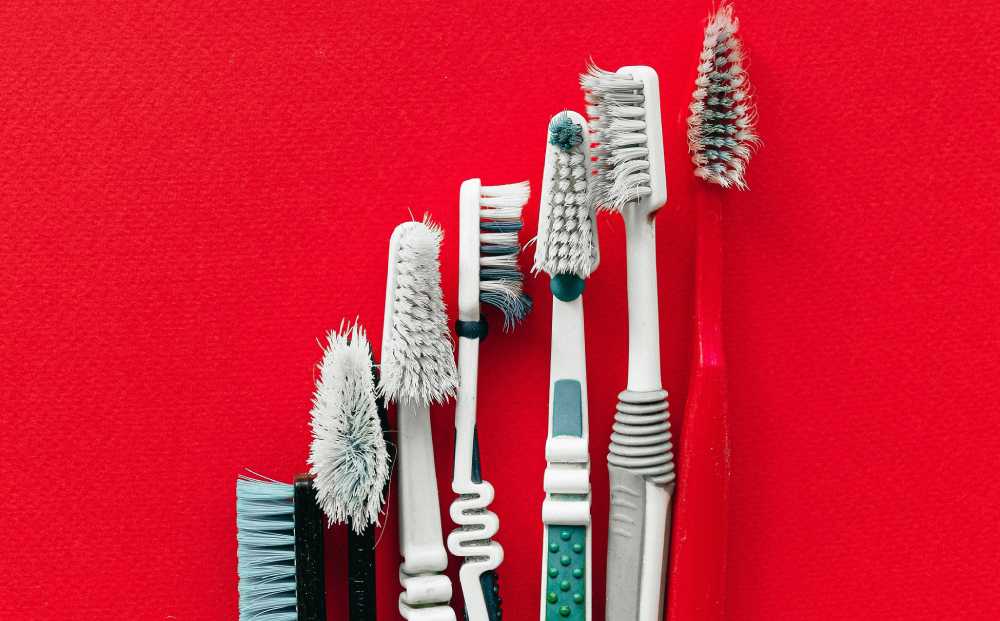Can you fix a loose tooth? If you’re an adult with a loose or wiggly permanent tooth, you need to know why it’s loose and what your options are. Permanent adult teeth don’t become loose without an underlying reason so the first thing you should do if you notice a tooth or teeth becoming wobbly is to make an appointment to see your dentist.
What Can Cause A Loose Tooth
While it may be worrying to feel your teeth moving in your gum, they might tighten up again, depending on the reason for the looseness. Other symptoms you might see as well as the loose tooth are swollen or inflamed gums and bleeding when brushing or flossing. Here are the most common reasons for loose teeth in adults:
-
Injury or Impact
Playing contact sports, falling or being involved in an impact accident can damage your teeth. In some cases the tooth may be chipped, broken or knocked out entirely. Go to an emergency dentist as soon as possible for treatment. A missing tooth needs to be replaced either by reinserting the original tooth or by adding a dental implant. A gap in the gum line can cause surrounding teeth to weaken and become loose.
-
Gum Disease or Periodontal Disease
Gum disease is a leading cause of loose teeth in adults. Poor dental hygiene causes a build up of bacteria in the mouth and under the gums, leading to infections and periodontal disease. In severe cases of gum disease, the gum will recede from the teeth, leaving them loose and potentially leading to tooth loss.
-
Bone Loss Due to Ageing or Osteoporosis
Osteoporosis can affect any bone in the body, including the jawbone. When this starts losing density, it weakens and teeth are not held as securely, therefore becoming loose. People, especially women, with osteoporosis are much more likely to lose teeth than those without the condition.
-
Pregnancy
As one of many changes that happens to the body if you’re pregnant, you may also feel that your teeth have become loose. That’s because hormone changes during pregnancy can affect the periodontium. This refers to the bones and ligaments holding teeth in place, so any changes here can make your teeth feel more wiggly than before.
Can A Loose Tooth Be Fixed?
In some circumstances, a loose tooth can be fixed and even tighten back up on its own, but in others dental intervention will be required to give it the best chance of recovery, or to find a suitable replacement.
If your tooth is loose because of:
-
Impact or Injury
The damage caused to your teeth will likely be permanent and won’t fix itself. See a dentist as quickly as possible following a mouth injury for the best chance of saving a tooth or teeth. If it can’t be fixed or saved, your dentist will likely recommend a replacement such as a dental implant or dental bridge.
-
Gum disease
There is a chance that loose teeth will tighten back up if the gum disease is caught in the early stages. Dentists use deep dental cleaning techniques to flush out bacteria and help gums reattach to teeth so the best advice here is to make sure you are seeing a dentist regularly. Improving your oral health routine will also speed the recovery process up.
-
Osteoporosis
It is possible in some cases to perform a bone graft on the jaw to strengthen it, which will help keep teeth in place or provide a more stable base for implants. If this is not possible, dentures or other teeth replacement options are available.
-
Pregnancy
Loose teeth during pregnancy will usually tighten back up after, so this is a temporary symptom. Seeing a dentist while you’re pregnant is completely safe so don’t fall behind on your regular schedule as loose teeth may also be caused by other issues such as gum disease.
How To Fix A Loose Adult Tooth
There are a few different treatment options, both preventive and cosmetic, when it comes to loose adult teeth. The most common ways a dentist can fix loose teeth are by:
- Performing deep dental cleanings including scaling and root planing
- Using bone grafting techniques
- Replacing missing teeth with implants or dental bridges
- Using dental bonding to disguise gaps and increase support
The first thing to do if you notice a permanent tooth is loose is to contact your dentist. Kenmar Dental serves patients in Marietta, Kennesaw and surrounding areas and uses the latest in dental technology to solve your dental issues.






